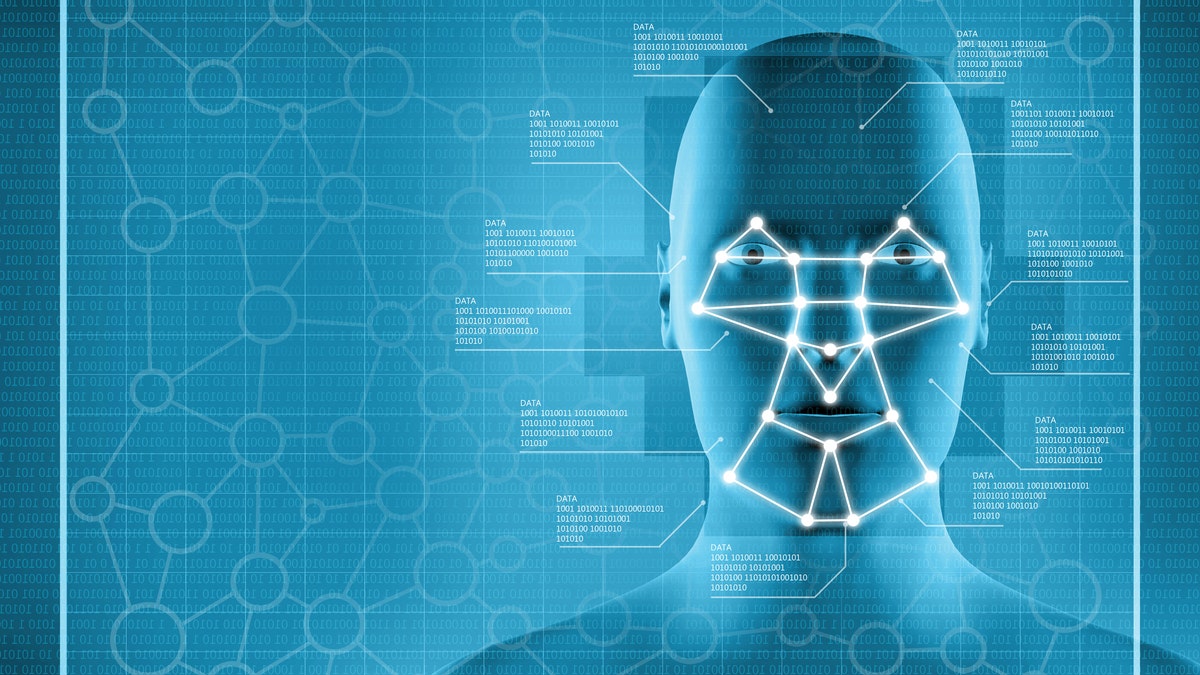
Facial recognition system showing a blue interface with a human head and biometrics data, with a grid of relevant points connected to facial features: used for survellaince, privacy control and identity tracking (Big Brother). (iStock)
With age, a person’s social circles expand, so the ability to tell people apart—a cognitively difficult task—becomes more important. New research suggests that brain areas involved in recognizing faces grow as children develop and that the growth spurt may heighten our face-recognition faculties.
The findings, neuroscientists said, could have implications for understanding not just normal brain development in children, but also disorders like dyslexia, schizophrenia, autism and prosopagnosia, or face blindness—a condition that prevents people from recognizing others.
How changes in human brain structure facilitate or result from learning isn’t well understood, according to neuroscientists.
“There has to be some mechanism that updates your repertoire of faces,” said Kalanit Grill-Spector, a neuroscientist at Stanford University who led the work. “There’s a really big gap in terms of what happens [to the brain] during childhood. We’re slowly trying to fill in this gap.”
Her new study, which was published Thursday in the journal Science, examines the structure and function of the so-called fusiform gyrus, a brain area important for face recognition, in 22 children between the ages of 5 and 12, and in 25 adults in their early to late 20s.




















